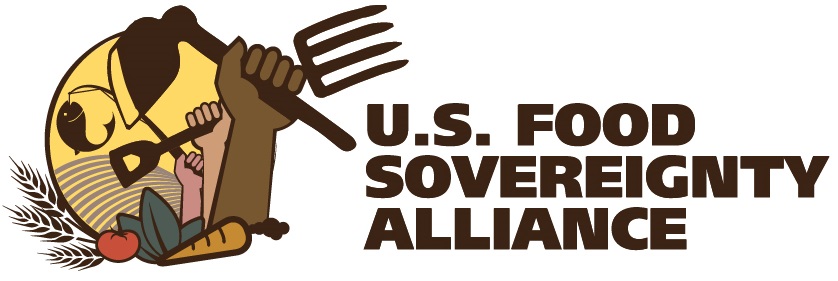By Paul Molyneaux, Northwest Atlantic Marine Alliance. Paul is one of the USFSA regional coordinators for the Northeast Region.
The term “agroecology” grew out of early 20th Century iterations like Girolamo Aziz’s “agriculture ecology” (1956), which were used to describe a more holistic approach to farming that utilized the best of the old an the new, both technically and philosophically.
“I learned about it from Pierre Rabhi,” says Saad Dagher, who after decades of field work runs an educational farm, The Humanistic Farm-Ma’azouza. “He came to Palestine, and I went to see him. I was in the north of France and his secretary called and said he had a half hour for me. He was in the south of France. I traveled for twelve hours to talk to him for half an hour, but of course it turned into five.”
It turned into five because Dagher did not go empty handed. He carried with him years of observation and a commitment to what he calls, “the deeper philosophy of agroecology.”
“It’s a revolutionary philosophy with linkages to food sovereignty,” says Dagher. to When I first started talking about it twenty years ago, my colleagues, the university trained agronomists attacked me. Now they ask me to come teach.”
Dagher begins with the soil. “I talk a lot about soil health,” he says. “We have to think differently about the soil. It is much more than a vessel that holds the roots of the plants and supplies minerals.” Dahger has combined the soil building techniques of Jon Jeavons, who promotes ample use of compost, a deep loosening of the soil, and intensive planting to increase soil health and productivity, with traditional Palestinian farming methods.
“I talk about water,” says Dagher. “We only get fifteen percent of our available water because Israel controls it. But agroecology uses less water because the soil holds it. We use mulch,” he says. “It’s funny when I started talking about mulch some people thought I meant the plastic. No. We get the straw.”
“I also talk about maintaining biodiversity in the soil and in our seeds. I Palestine we have lost our cucumber, which we could grow without irrigation, the same for our watermelon. We need to get them back.”
Dagher sees agroecology as a tool for liberation. “All these connect with food sovereignty. Agroecology could be for us what the spinning wheel was for Gandhi,” he says, refferring to Mahatma Gandhi encouraging Indians to spin their own cloth in order to confront the English system of domination.
At the same time, interest in Agroecology is growing exponentially, and Dagher is concerned than in popularizing the concept organizations like the United Nations Food and Agriculture Organization (FAO) will lose touch with the philosophy that he believes defines agroecology.
To reach an understanding of that philosophy, Dagher includes the history of agroecology. He talks about how Palestinian people practiced agroecology before the word existed. “We used to grow olives and figs and grapes together,” he says. “And we planted wheat in between. Then we would have a meal in winter of wheat and olive oil that we would scoop up with dried figs. In winter we ate that.” He goes on to give other examples of companion planting. “We would plant basil among the tomatoes, peppers and eggplants. It would improve the flavor of these and mask their scent so that insects would get confused and not find them.”
“I am writing a book,” he says. “Agroecology the Palestian Way.” Dagher believes that capturing the essentials of agroecology in books, articles and other media will help keep the movement on its true path. “If we write it down, talk about what it is, we can keep it from being corrupted,” Dagher says. “We can keep it connected to its deeper philosophy, which I can talk a lot about, but in one word, it is Freedom.” Dagher has adopted an image of an open hand as the symbol for agroecology with each digit representing the movement’s vital aspects. “First you have the thumb, which represents the people who practice agroecology,” he says. “Then you have knowledge, which is free. And then you have rainwater, which is free. And then the sunlight, which is free, and finally the hay and straw that grows freely, and which we need for mulch.”



